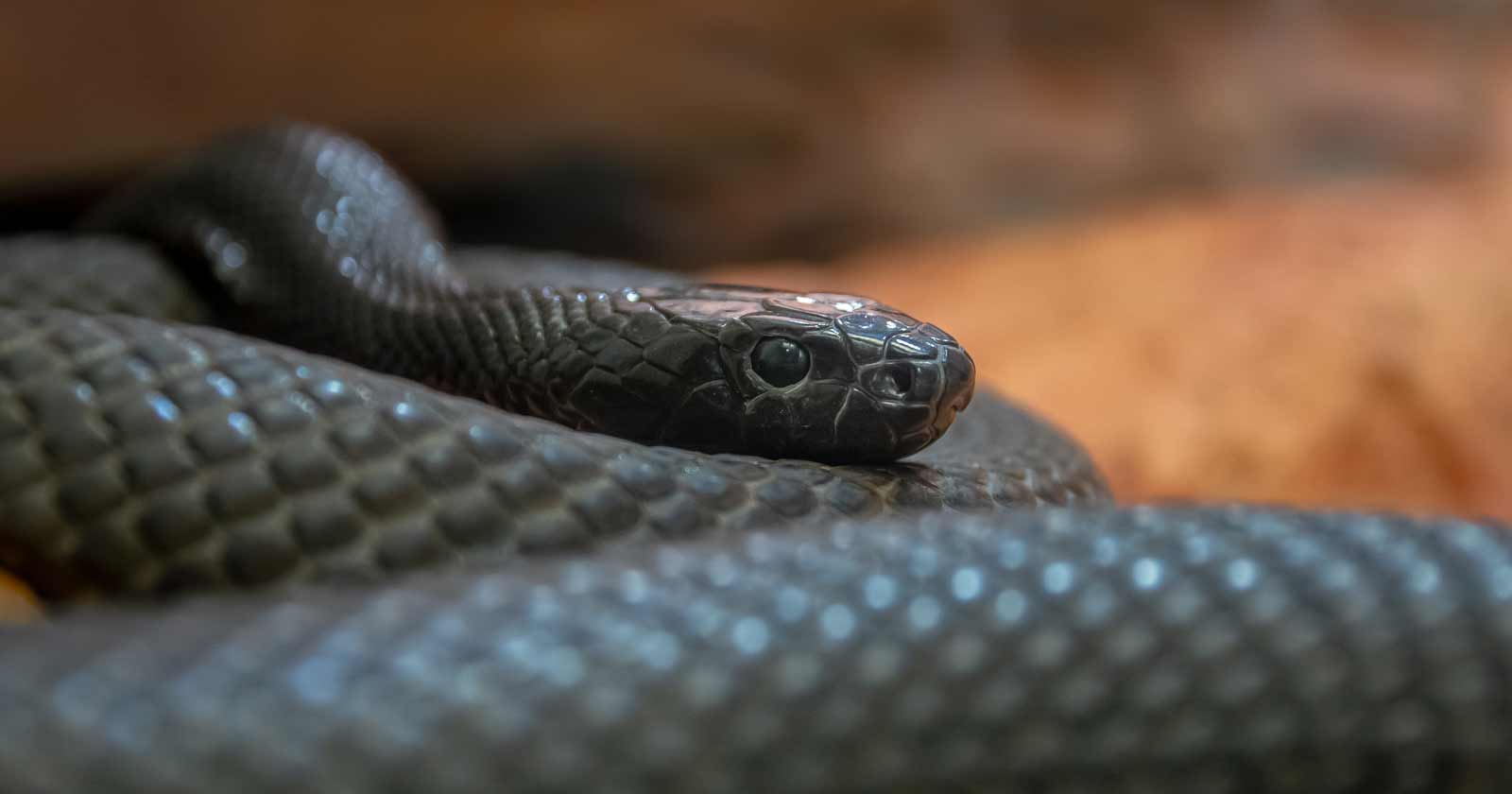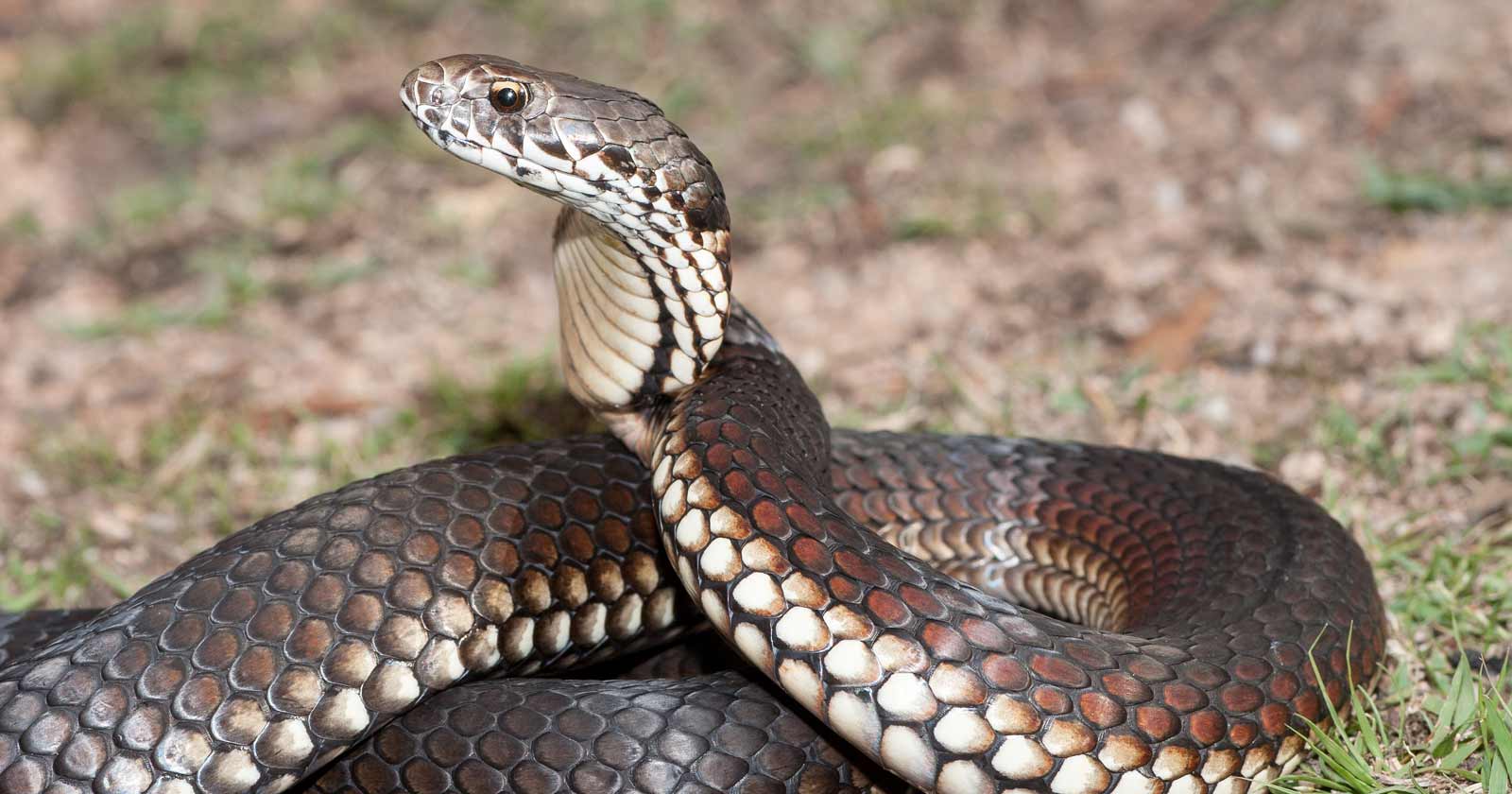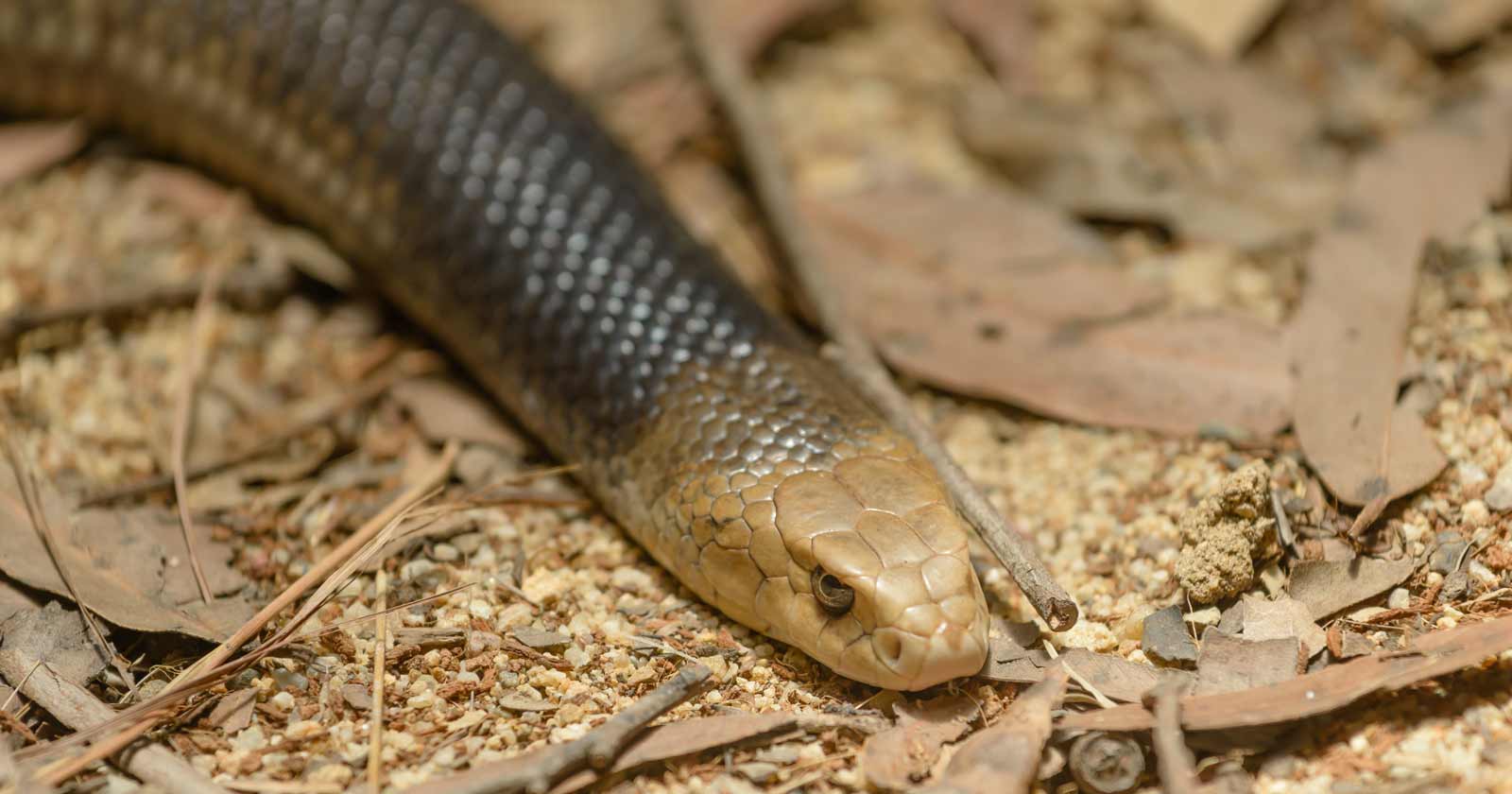Australian snakes are venomous and dangerous to humans
While hikers in many parts of the world can comfort themselves knowing that most snakes they might encounter will not be venomous, those hardy enough to brave hiking in this wonderful country, do so knowing that most Australian snakes are, in fact, venomous and dangerous to humans – five of the world’s 10 most venomous snakes are found in Australia.
While only 12 of Australia’s approximately 150 snake species are likely to inflict a fatal bite, all animal bites are serious and should be treated as medical emergencies.
Below are five common mistakes first-time hikers make when dealing with Australian snakes, and what to do instead to stay safe and healthy while enjoying the Australian wilderness.

1. Lack of research
Australia is a huge country that encompasses many different biomes and habitats, each with unique snakes that pose unique risks. Everything Reptiles say those travelling in east central Australia should be aware of the inland taipan, the most venomous snake in the world, while hikers exploring the northeastern coast will instead have to look out for the more aggressive coastal taipan; despite their similar names, the two snakes have different behaviors and habitats, and, although most snake advice generalises to all species, hikers should be aware which species they are likely to encounter to give them a better chance of avoiding and identifying the snakes they see.
2. Lack of awareness
First-timers in Australia, especially those who may be more likely to encounter truly dangerous snakes in an action movie than in their backyard, are often not prepared to maintain the necessary vigilance.
In some parts of Australia, “snake season” lasts all year, and hikers should always be aware of the possibility of encountering a snake and always be practicing safe hiking techniques – avoiding long grass, where snakes like the highly venomous eastern brown snake might lurk, and walking in the center of paths, away from vegetation at the edges.

3. Inappropriate equipment
Hikers should always pack for the worst-case scenario, and, because Australian snakebites are so likely to be highly dangerous, different equipment and a different snakebite protocol is recommended for hikers here, compared with other parts of the world.
Those hiking in Australia should carry a pressure immobilization bandage and learn how to apply one ahead of their trip. Proper equipment also extends to snakebite prevention, as wearing tall, heavy boots or gators can sometimes be enough to prevent fangs from reaching the skin or to minimize the injury caused by the bite.
Most snakebites occur on the ankle or the wrist, so keeping those areas covered will help reduce the risk of serious injury.
4. Attempting to interact
This is perhaps the most important mistake to avoid when encountering snakes.
Although domesticated snakes can be friendly and lovable pets, wild snakes fear humans and are most likely to strike those who get too close. Hikers should never attempt to catch, kill, or take a photo with a wild snake. Even if a snake has bitten a hiker, the party should not attempt to kill the snake, even to identify it – instead, they should remember (or write down) as many details about the snake as they can to relay to medical professionals, but focus on treating the bite victim and contacting help.

5. Inappropriate treatment
Unfortunately, most of the “common sense” wisdom about how to treat snakebites ranges from unhelpful to downright dangerous.
Attempting to suck or bleed venom out of a snakebite will not remove the venom, and instead make it harder for medical professionals to identify the snake that caused the injury, and applying a tourniquet to the injured limb increases the risk that the victim will lose the limb.
Instead, hikers should treat all snakebites as medical emergencies and seek professional help as soon as possible. In the meantime, the best thing their friends can do is apply a pressure immobilization bandage and try to help the victim stay calm – keeping their heart rate low will slow the spread of the venom through the body.
While the prospect of meeting a snake in the wild may seem daunting, remember that the Australia averages only two snakebite deaths a year, and the prevalence of dangerous animals means medical professionals are highly prepared to treat snakebite injuries. With correct knowledge, equipment, and precautions, you can safely hike through the uniquely beautiful Australian landscape, without fear of our reptilian friends.
Main photo: Red belly black snake











